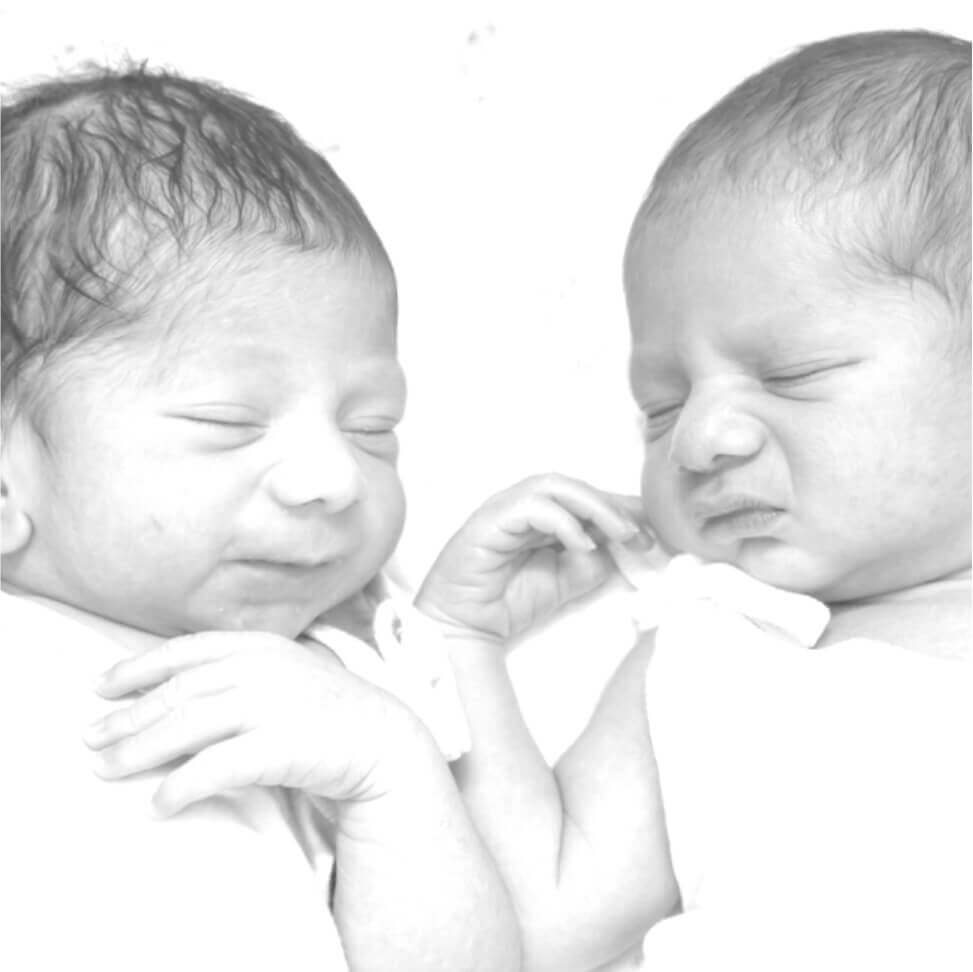Twin Birth Clinic in Necklace Road, Secunderabad
- Dichorionic diamniotic (DCDA): 2 placentae – 2 sacs – 2 babies. If two eggs are fertilised or if one egg splits soon after fertilisation, each baby has its own placenta with its own outer membrane called a ‘chorion’ and its own amniotic sac.
- Monochorionic diamniotic (MCDA): One placenta – 2 sacs – 2 babies. If the fertilised egg splits a little later, the babies share a placenta and chorion but they each have their own amniotic sac; these babies are always identical.
- Monochorionic monoamniotic (MoMo): One placenta – one sac – 2 babies. Much less commonly, the fertilised egg splits later still and the babies share the placenta and chorion and are inside the same amniotic sac; these babies are always identical; this is rare and carries additional risks.
- Similarly, triplets can be trichorionic (each baby has a separate placenta and chorion), dichorionic (two of the three babies share a placenta and chorion and the third baby is separate), or monochorionic (all three babies share a placenta and chorion).
Finding out you are having more than one baby (twins, triplets or even quadruplets) can be exciting, but it may also bring worries and concerns for you, your husband and family members. It is important that you are well prepared for the changes that will take place during your pregnancy and after the babies’ birth.
Multiple Pregnancy
Multiple pregnancy’ is the term used when you are expecting two or more babies at the same time. It occurs in about one in 80 pregnancies. Fertility treatment increases the chances of multiple pregnancy.
Different types of multiple pregnancy
At your early ultrasound scan which confirms whether you are carrying twins or triplets, it is important to find out not only the number of babies but also the number of placenta (Chorionicity). It is important, because babies who share a placenta have a higher risk of complications.
The Twin Birth Clinic at Fernandez Hospital is run and managed by consultants with huge experience of managing and handling multiple pregnancies.






 Request a Call Back
Request a Call Back Book Appointment
Book Appointment Find a Specialist
Find a Specialist Request A Call Back
Request A Call Back